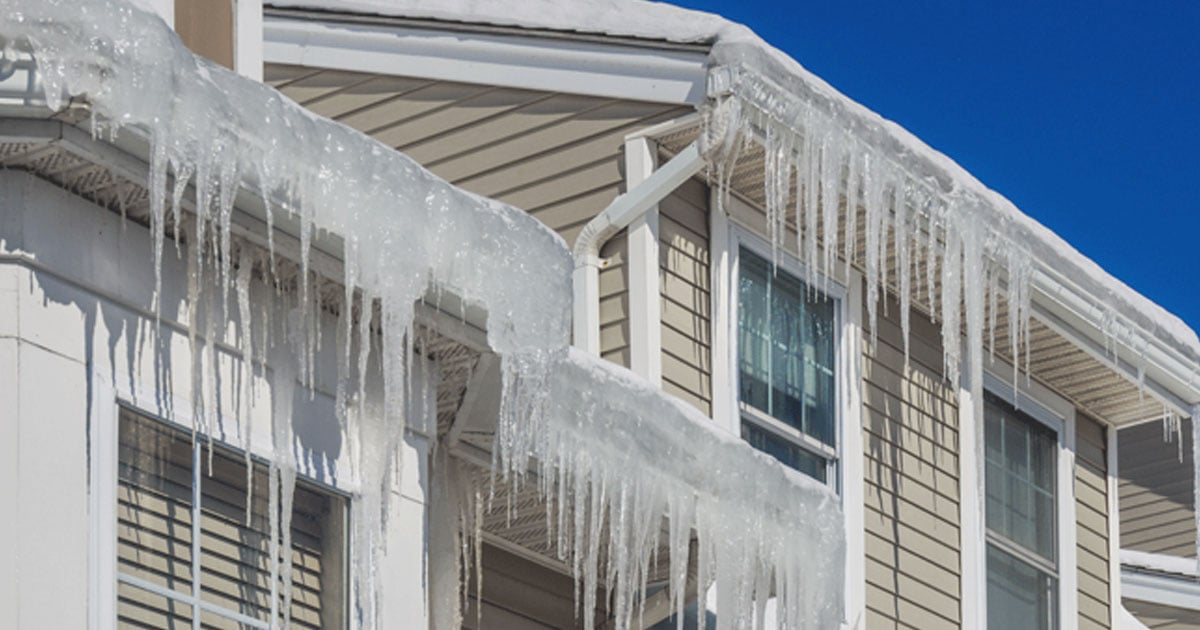
With the first snows hitting our area, it’s time to get ready for the cold weather and the resulting freezes that cause ice issues. Preparing your home or business is more than just stocking up on firewood and salt for the driveway or parking lot, it’s also about making sure your home or business is both protected from the cold and that you have the tools to remove any hazards before they further damage your home.
Low temperatures can lead to freezing air and ground temperatures, which can play havoc with pipes still filled with water. Both inside and outside your home or business, it’s important to either evacuate, insulate, or warm pipes to avoid freezing. And know how to deal with a frozen or burst pipe:
- Evacuation: Before the first freeze, make sure to empty unused pipes of water. For example, for irrigation systems such as sprinklers, get them blown out or drained.
- Insulation: When possible, insulate your pipes and water fixtures, especially in attics and crawl spaces. This can include covering outdoor faucets and wrapping pipes in uninsulated parts of your home or business.
- Warming: When it gets very cold, keep cabinet or closet doors open to help prevent pipes there from freezing. You can also leave pipes running overnight with a slight trickle of water (around 55 degrees Fahrenheit) to keep them from freezing. Consider low-temperature detectors, which can send an alert to your smartphone if the temperature in areas of your home or business near pipes dips below freezing.
Preventing Ice Dams
Ice dams are a huge – and costly – headache for any homeowner. They are caused by two things: the heat of your roof, and the freezing temperatures. As snow and ice melt on your roof (which is above freezing due to heat loss from the room below), it runs down to the edge of your roof. At the edge of your roof, which is freezing since there is no room below it, the water re-freezes, forming an ice dam from the water behind it. That water is pushed back and down, which can cause it to push through your roof and into your home, resulting in massive water damage.- Maintenance: Make sure to keep your gutter clear of debris, as their clogging is usually a prelude to ice dams. When it does snow, think about getting a snow rake and removing it. Also be sure and check the foundation for cracks as water seeping into cracks during the winter, and freezing can cause cracks to widen and allow water in and potentially create a problem in your basement.
- Insulation: Insulate your attic from the rest of your home and open the vents. This will allow it to get down to freezing along with the roof, which means the snow and ice won’t melt.


